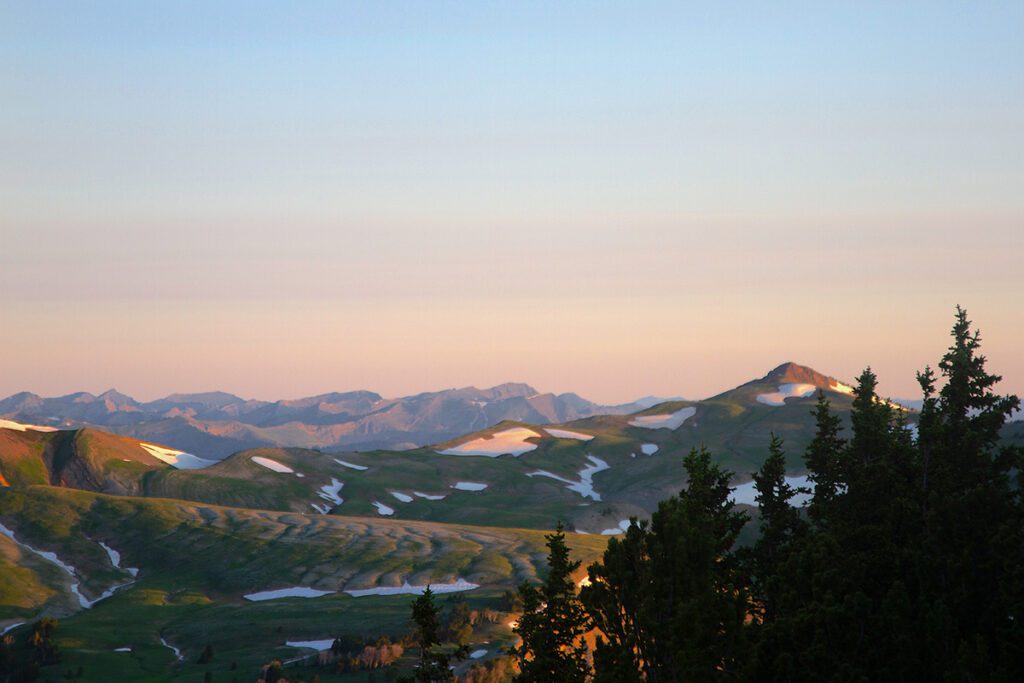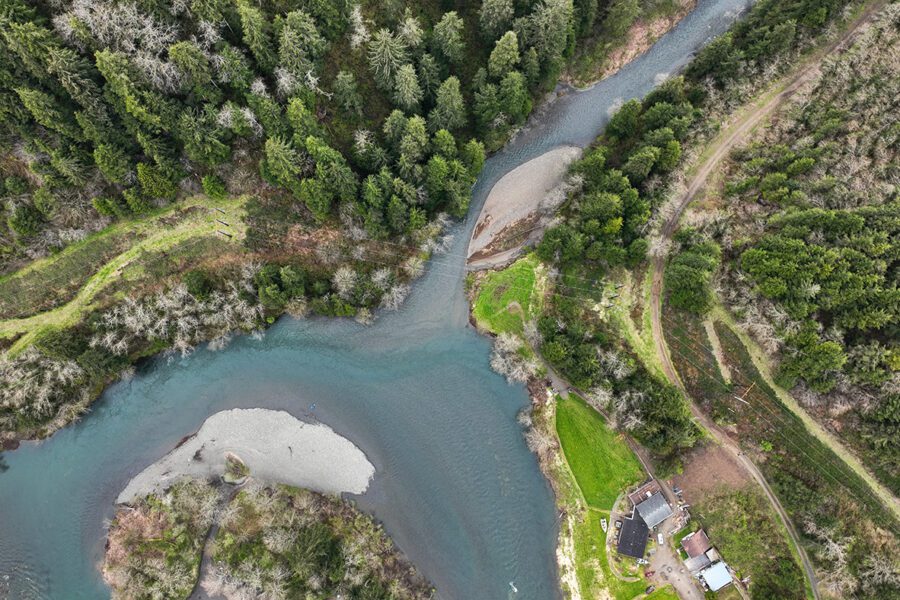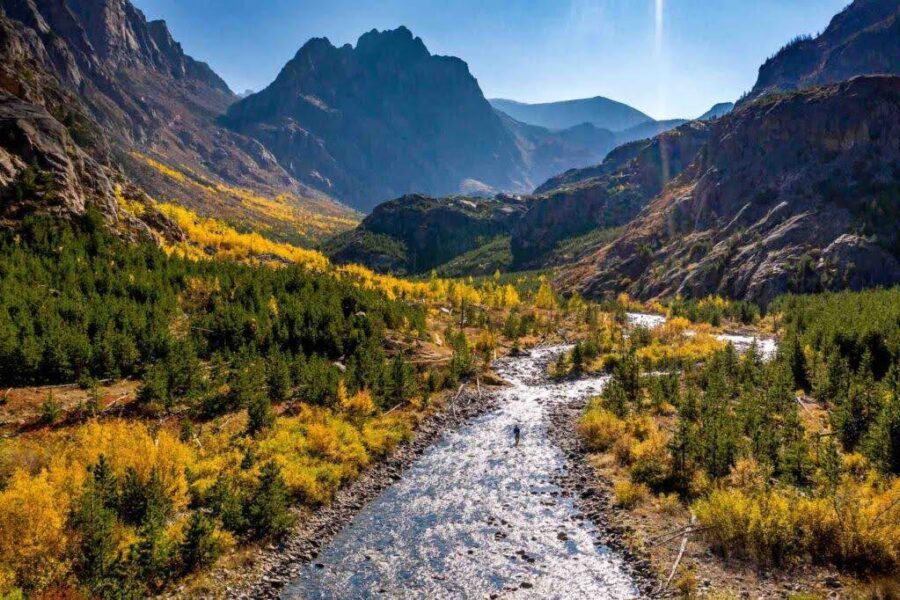The Wyoming Range encompasses Thompson Pass, Horse Creek, McDougal Gap, North and South Cottonwood Creeks, Wyoming Peak, and Piney Creek. The mule deer migration corridor is a highly braided set of routes that deer use to pass. The longest treks measured are over 130 miles long. The high grassy alpine basins, steep avalanche chutes, and dark lush forests that make up the Wyoming Range create incredible habitat for over 300 species of wildlife, with the most legendary of them being the Wyoming Range mule deer herd.
These mule deer are sought after by mule deer lovers across the U.S., who often line the roads of the Wyoming Range’s winter range habitat in November and December with spotting scopes and long-lens cameras to view the world-class animals this part of the world produces. Additionally, thousands of nonresidents to Wyoming apply for the opportunity to pursue this wildlife in this landscape, many of them waiting nearly a decade before having the opportunity to hunt in the Wyoming Range. Because of severe losses to the population from harsh winters and habitat loss, wildlife officials project this mule deer herd is only 20% the size of its height in the early 90s.
The landscape also draws elk hunters, wildlife watchers, backpackers, overland motorcycle riders, snowmobilers, fishermen, and other recreationalists from around the world. Unfortunately, changing conditions, including barriers in the form of fences, rural development, roadway crossings, and energy development, impact the long-term health of the herds and other wildlife.
Wyoming Wildlife Federation (WWF) is working with coalition partners to support the designation and protection of the 1.3 million acres of habitat that makes up the Wyoming Range Mule Deer Migration Corridor.Once recognized, the habitats will be removed from many development proposals on public lands and receive increased funding for habitat work on private lands. After designation, WWF will work to address the corridor in the Bridger Teton National Forest planning process, which is anticipated to start in the coming months.




